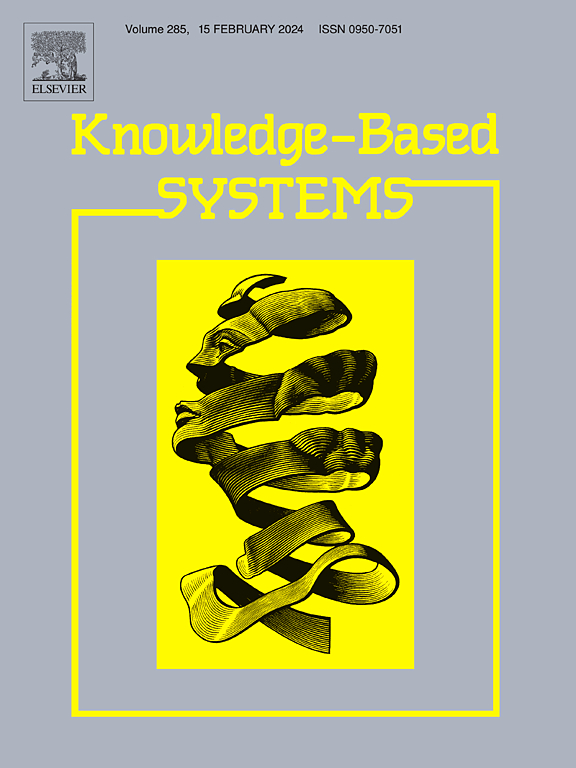Attention-based unsupervised prompt learning for SAM in leaf disease segmentation
IF 7.2
1区 计算机科学
Q1 COMPUTER SCIENCE, ARTIFICIAL INTELLIGENCE
引用次数: 0
Abstract
In modern agriculture, leaf disease segmentation is crucial for crop disease management and yield improvement. Since most deep learning-based segmentation models require extensive annotations, pursuing unsupervised methods becomes a practical solution. Although advanced models like the Segment Anything Model (SAM) can produce precise class-agnostic masks without annotations, their reliance on human-interactive prompts limits their utility to unsupervised disease segmentation tasks. To address this limitation, we present UPLS, a novel three-stage framework that leverages unsupervised prompt learning to enable SAM for leaf disease segmentation. This method employs unsupervised contrastive learning to progressively segment leaf and disease areas and automatically generate disease prompts for SAM. Concretely, for fine and intricate lesions, we utilize an improved high-frequency attention mechanism to extract high-frequency features from the leaf area, and construct contrastive losses between global priors and foreground/background features. Furthermore, we devise a strategy to automatically generate disease-related prompts from the segmented leaf and initial lesion regions, enabling SAM to refine disease boundaries without human intervention. Experiments on three public plant disease segmentation datasets show that UPLS outperforms existing non-fully supervised segmentation methods in accuracy and robustness. Source code is available at https://github.com/Tianluda/UPLS.
基于注意力的无监督提示学习在叶片疾病分割中的应用
在现代农业中,叶片病区分是作物病害管理和提高产量的关键。由于大多数基于深度学习的分割模型需要大量的注释,因此追求无监督方法成为一种实用的解决方案。尽管像分段任意模型(SAM)这样的高级模型可以在没有注释的情况下产生精确的类别未知掩码,但它们对人机交互提示的依赖限制了它们在无监督的疾病分割任务中的实用性。为了解决这一限制,我们提出了UPLS,这是一个新的三阶段框架,利用无监督的提示学习使SAM能够进行叶片疾病分割。该方法采用无监督对比学习逐步分割叶片和病区,并自动生成SAM的疾病提示。具体而言,对于精细和复杂的病变,我们利用改进的高频注意机制从叶面积中提取高频特征,并构建全局先验和前景/背景特征之间的对比损失。此外,我们设计了一种策略,从分割的叶片和初始病变区域自动生成与疾病相关的提示,使SAM能够在没有人为干预的情况下细化疾病边界。在三个公共植物病害分割数据集上的实验表明,该方法在准确性和鲁棒性上都优于现有的非完全监督分割方法。源代码可从https://github.com/Tianluda/UPLS获得。
本文章由计算机程序翻译,如有差异,请以英文原文为准。
求助全文
约1分钟内获得全文
求助全文
来源期刊

Knowledge-Based Systems
工程技术-计算机:人工智能
CiteScore
14.80
自引率
12.50%
发文量
1245
审稿时长
7.8 months
期刊介绍:
Knowledge-Based Systems, an international and interdisciplinary journal in artificial intelligence, publishes original, innovative, and creative research results in the field. It focuses on knowledge-based and other artificial intelligence techniques-based systems. The journal aims to support human prediction and decision-making through data science and computation techniques, provide a balanced coverage of theory and practical study, and encourage the development and implementation of knowledge-based intelligence models, methods, systems, and software tools. Applications in business, government, education, engineering, and healthcare are emphasized.
 求助内容:
求助内容: 应助结果提醒方式:
应助结果提醒方式:


